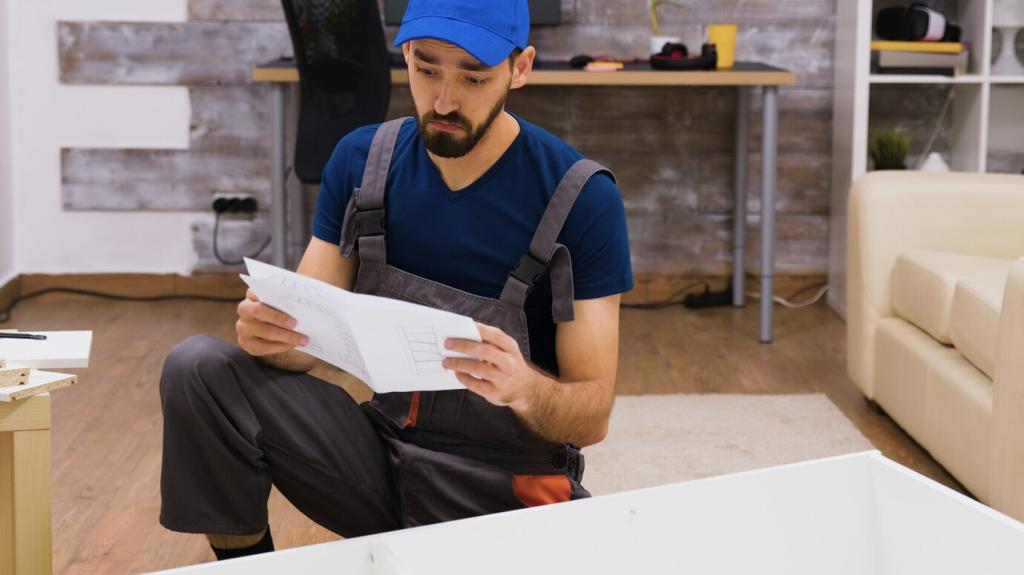Move Smarter: Equipment and Tools for Safe Furniture Moving
Chosen theme: Equipment and Tools for Safe Furniture Moving. Welcome to your practical, confidence-boosting guide for protecting backs, floors, and cherished pieces. Explore proven tools, field-tested tips, and real stories that turn heavy days into smooth wins. Share your experience, subscribe for fresh insights, and help others move safely.


Protection and Padding
01
Moving blankets and quilted pads
Heavier quilted pads (weighed by the dozen) absorb bumps and prevent scuffs on wood and leather. Wrap from top to bottom, tape or stretch-wrap the blanket in place, and pad under straps to avoid pressure marks. Crosshatch folds at corners ensure full coverage and stop blankets from walking during bumps and tight turns.
02
Corner guards and edge protectors
Foam L-guards, plastic edges, and corrugated sleeves keep vulnerable corners crisp. For glass or stone, use purpose-made protectors with strap channels. Avoid aggressive adhesives that leave residue; painter’s tape is safer on finished surfaces. A quick guard placement once saved our bookcase after a surprise door swing in a narrow hallway.
03
Floor runners, ram board, and door jamb protectors
Create safe lanes with non-slip runners or ram board over hardwood and tile. Tape edges with low-tack tape, avoid fresh paint, and smooth trip hazards. Door jamb protectors clip on in seconds, preventing dings from wide turns. When paths are protected, everyone moves faster and focuses on controlled lifting, not damage control.
Choose ratchet straps by working load limit, not just breaking strength, and anchor to E-track or solid rings. Keep webbing untwisted, protect edges with sleeves, and tighten evenly to avoid warping furniture. Create vertical and horizontal restraint, then test with a firm shake. If it moves now, it will slide more during braking.

Navigation and Access Aids
Loading ramps and threshold bridges
Match ramp capacity to the combined weight of item and dolly, secure the lip, and use a traction surface. A gentle slope—near a 1:12 guideline—improves control, especially in wet weather. Guide from the sides, not directly behind, and never exceed the recommended approach angle to protect backs and equipment.
Stair-climbing dollies and track systems
Tri-star wheel dollies roll step-to-step, while powered track systems crawl safely under load. Strap high, keep the center of gravity tight to the frame, and assign one lead spotter. When Maya and Luis moved a piano, a track-style climber saved their hands and trim; they ascended slowly, pausing to confirm each landing.
Measuring tapes, angle finders, and door removal kits
Measure width, height, and diagonal—furniture and path—before lifting. Angle finders help plan tilt-turn strategies in stairwells. Remove doors by popping hinge pins, pad edges, and consider taking off feet or tops. A few minutes with a tape and simple tools avoids hour-long puzzles wedged halfway through a narrow hallway.
Toolbox for Disassembly and Reassembly
Carry both metric and imperial sockets, long-shaft screwdrivers, and full hex key sets for flat-pack connectors. A small pry bar helps with stuck runners, while magnetic trays keep screws in place. Using the correct driver profile prevents cam-out and protects hardware, making reassembly smooth and stress-free on delivery.

